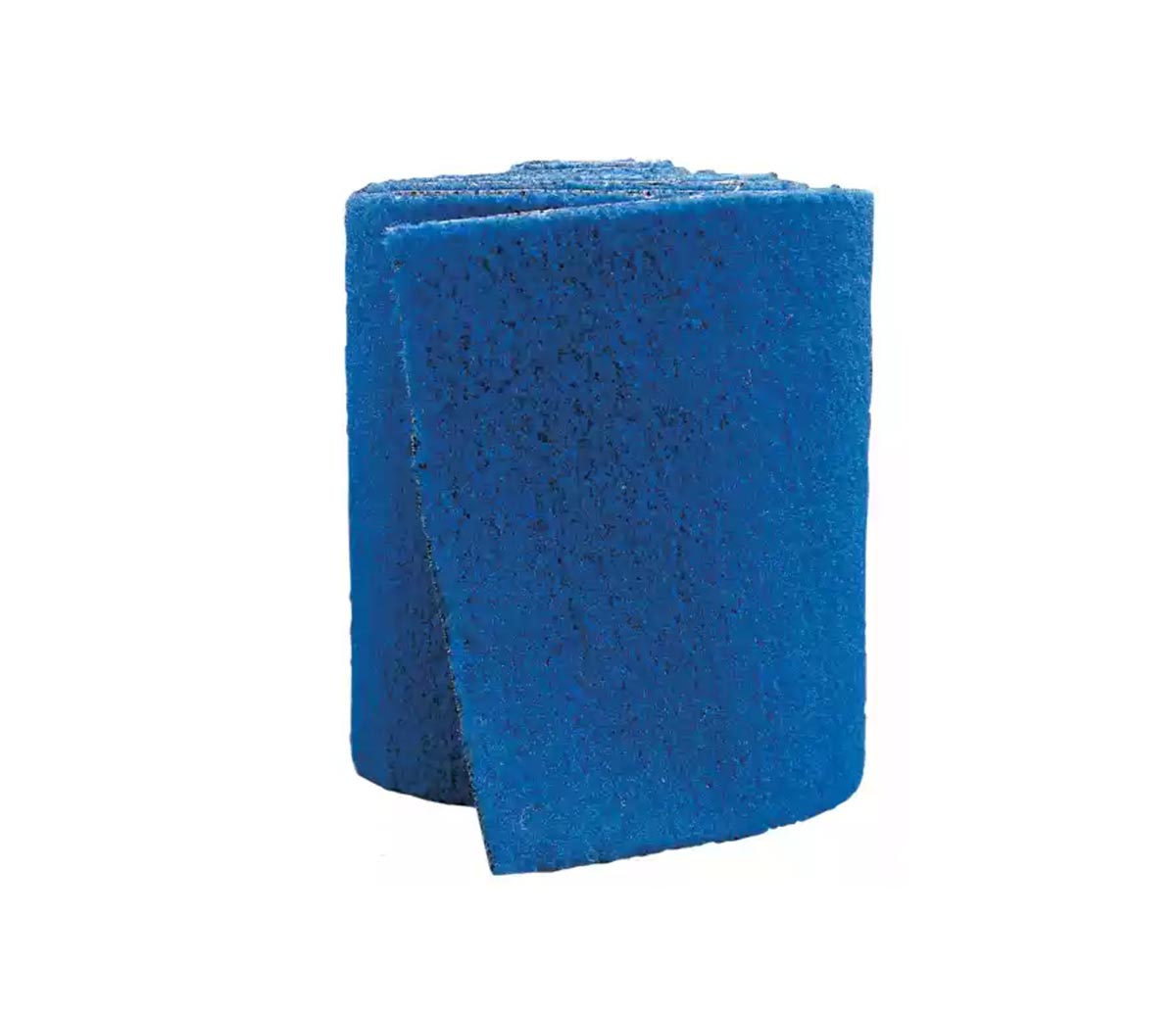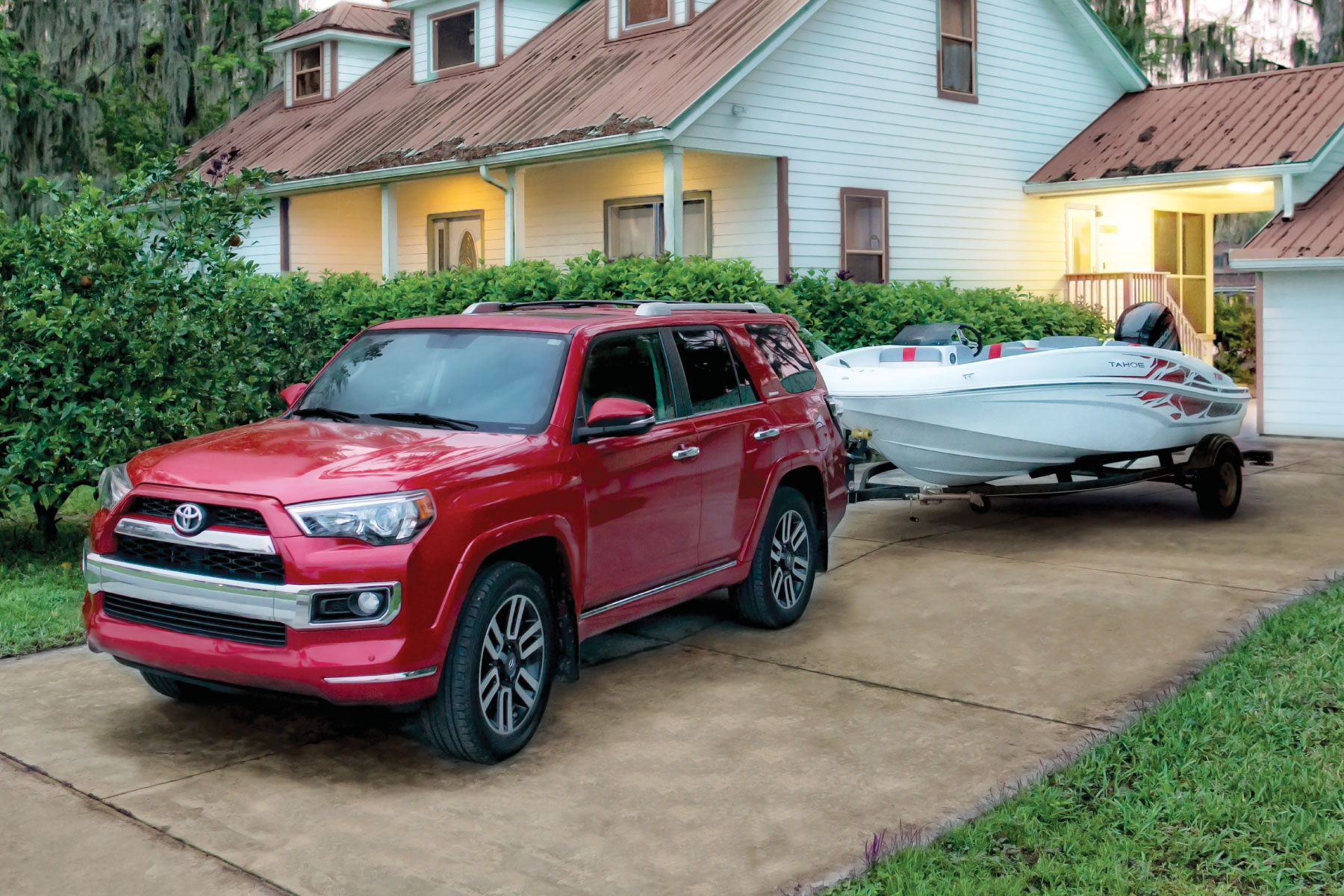Unless stored in marina slips or dry docks, most boats spend their downtime on the trailer. Boat trailers are prone to normal wear, just like your vehicle. Tires need replacing, that’s a given. Brakes and lights need checking and replacement. But what about those trailer parts that you don’t give much thought about?
Trailer bunks, for example. The hull slides across those inconspicuous slats of carpet-covered wood whenever the boat is launched and loaded. What is more, trailer bunks support the entire weight of the hull as it rests on the trailer. Bunks—and the trailer itself—get even more of a workout as you shake, rattle and roll down the highway.
All it takes is a torn piece of carpet to scratch the hull. Warped bunks can also do serious damage over time. If left unattended, you face more than the moderately simple task of replacing the bunks. Avoid those problems by checking the bunks without the boat. You can do the job yourself or have the pros do it—more on that option to come. If you are the DIY type, here’s how to do it.
For wood, pressure-treated pine is the industry standard for trailer bunks. Popular alternatives are oak, cypress and other hardwoods that add even more durability. Composite boards used for patio decking are other options, but pressure-treated pine is a proven material with economic benefits.
The material should be cut to fit on the board to allow end seams, without overlapping on the underside of the bunk. The experts recommend leaving an open seam with space between each edge, instead of doubling up on the carpet material. Wood expands when wet and the open seam allows room for expansion. Leaving space also prevents stress on the staples used to hold the carpet in place.
Deciding how to fasten the carpet to the bunk comes down to choosing between glue or staples. There are pros and cons for using both. Glue provides a tight, secure seal between the wood and backing. Staples allow some give as the hull slides across the carpet to prevent it from tearing. If you choose staples, go with stainless steel or Monel Staples that are rust proof from the high nickel content used in the wire. The same goes for the bolts and other hardware used for securing the bunks to the trailer frame. Reuse the parts if possible, to ensure a solid, secure fit.
If you don’t have the time or skills needed to replace the bunks, you can have the work performed at your nearest Bass Pro Shops/Cabela’s Boating Center. Regardless of the brand, the Power Pros can do the job.




